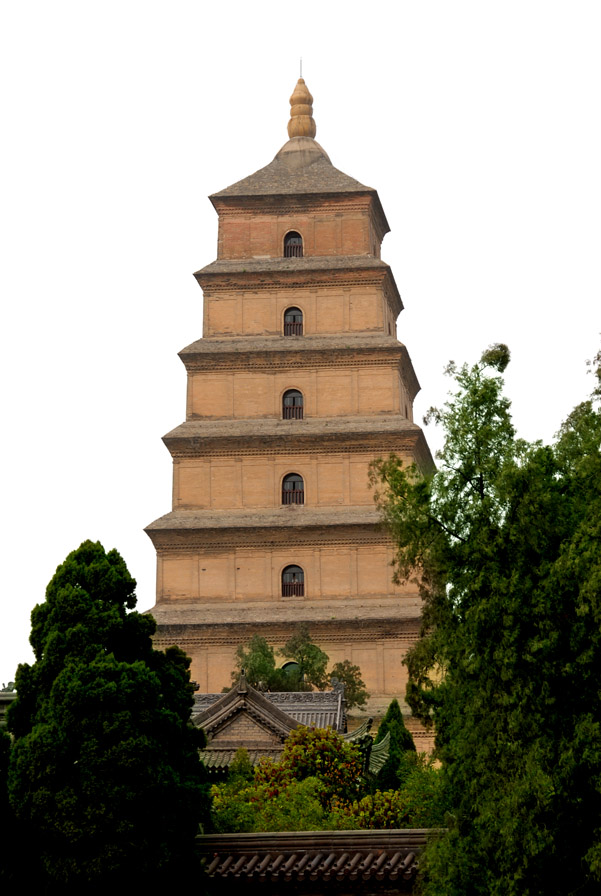 Xi’an is situated on the Wei River Valley, the cradle of ancient Chinese civilization. It marked the start of the famous 'Silk Road' that linked China with central Asia and the Roman Empire. And it served as the first capital of a unified China and the capital of 13 dynasties periodically from the 11th century B.C. to the early 10th century A.D. In ancient times, this capital city was knows as Chang’An – the city of “everlasting peace”. Xi’an is situated on the Wei River Valley, the cradle of ancient Chinese civilization. It marked the start of the famous 'Silk Road' that linked China with central Asia and the Roman Empire. And it served as the first capital of a unified China and the capital of 13 dynasties periodically from the 11th century B.C. to the early 10th century A.D. In ancient times, this capital city was knows as Chang’An – the city of “everlasting peace”.
Located between rivers and mountains in the center of the fertile Guanzhong Plain in Shaanxi Province, Xian--the provincial capital--was a natural place to nurture the nation's civilization. In the Neolithic Age, about 6,000 years ago, excavations show a matriarchal clan was formed at nearby Banpo village. Thousands of years later, the Zhou Dynasty kings established their capital in settlements only a few miles from the present-day city. In 221 B.C., Qin Shi Huang, the first emperor of a unified China, set about enlarging the settlement of Xiangyang, about 15 miles northwest of the city. This town, established under earlier Qin rulers as the capital, became heavily populated. By 213 B.C., Qin Shi Huang decided to move his court to the south bank of the Wei River. A vast palace was built, however, work was never completed during his lifetime. Some years later when the Qin fell to the Han (206 B.C.), this and most of the other palaces were destroyed. The conqueror, Liu Bang, first emperor of the Han Dynasty, also established the site of his capital only a few miles north of modern Xian.
From about 35 A.D., the town went into a decline that lasted about five and a half centuries. Finally in 583 A.D., the Sui emperor, Wen Di, established his capital southeast of Chang'an. The city flourished and developed so quickly under the Tang Dynasty that in time it became the most important city in Asia, with a population of more than a million people living in a vast, well-planned area protected by large walls with ramparts. The area occupied by the old city was greater than that of present-day Xian. For over a millennium, from the Second Century B.C., China's silk was transported from Xian to central Asia and Europe. Although damaged by several wars, Xian, covering 880 square miles and home to a population 8,000,000 still contains a host of historical sites.
Xian Travel Guide video
Yan can go to Top 5 Must See Attractions in Xian
|
